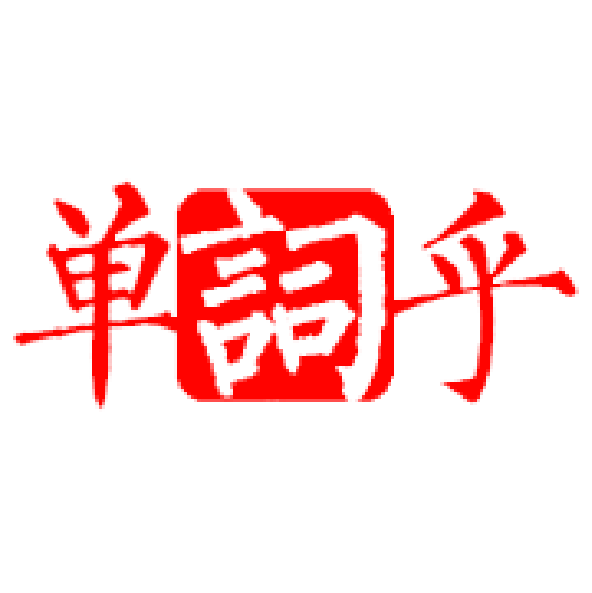watt
watt汉语翻译
【化】 瓦; 瓦特
【医】 瓦特(电功率单位)
watt英语解释
名词 watt:
- a unit of power equal to 1 joule per second; the power dissipated by a current of 1 ampere flowing across a resistance of 1 ohm同义词:W
- Scottish engineer and inventor whose improvements in the steam engine led to its wide use in industry (1736-1819)同义词:James Watt
watt例句
- A unit of power equal to one thousandth(10-3) of a watt.微瓦电学单位,等于千分之一(10-3)瓦
- It is invented by Watt.是瓦特发明的。
- A unit of electric power equal to the product of one volt and one ampere, equivalent to one watt.伏安法功率单位,等于一伏特和一安培的乘积,等于一瓦特
- The lamp needs a 100-watt bulb.那盏灯需要100瓦的灯泡。
watt详细解释
watt
n.Abbr. WElectricity (名词)缩写 W【电学】 An International System unit of power equal to one joule per second.See table at measurement 瓦特:国际功率单位,等于焦耳/秒参见 measurement
来源:After &B{James} Watt 源自 &B{詹姆斯} Watt
<注释>One might well ask how many European scientists it takes to turn on a light bulb.If we think in terms of the names used for various units in the International, or meter-kilogram-second, System,a fair number are involved.Alphabetically arranged, these units are theampere, named for the French scientist Andrô Marie Ampère (775-83'); thecoulomb, after the French scientist Charles A. de Coulomb (73'-80'); thefarad and the faraday, after the British scientist Michael Faraday (79-8'7); thejoule, after the British scientist James P. Joule (88-889); thenewton, after the British scientist Sir Isaac Newton ('42-727); theohm, after the German scientist Georg S. Ohm (789-854); thevolt, after the Italian scientist Count Alessandro Volta (745-827); and thewatt, after the British scientist James Watt (73'-89). Definitions such as that ofohm, .a unit of electrical resistance equal to that of a conductor in which a current of one ampere is produced by a potential of one volt across its terminals,. take on more human connotations when we think of how human contributions to the study of electricity are memorialized in them.The dates of first recorded use of the terms in English are as follows:ampere, 88; coulomb, 88; farad, 8'; faraday, 904; joule, 882; newton, 904; ohm, 870 (suggested in 8'); volt, 873; and watt, 882. 有人可能会问经过了多少位欧洲科学家才点亮了灯泡。如果我们以国际单位制或米—千克—秒单位制中各种单位之名称的形式来考虑的话,相当数量的人被包括了。这些单位按字母顺序排列是安培, 以法国科学家安德烈·马里耶·安培(775—83'年)命名; 库仑, 以法国科学家夏尔·埃·德库仑(73'-80'年)命名; 法拉 和 法拉第, 以英国科学家迈克尔·法拉第(79—8'7年)命名; 焦耳 以英国科学家詹姆斯·皮·焦耳(88—889年)命名; 牛顿, 以英国科学家伊萨克·牛顿爵士('42—727年)命名; 欧姆, 以德国科学家格奥尔格·斯·欧姆(789—854年)命名; 伏特, 以意大利科学家亚历山德罗·沃尔塔伯爵(745—827年)命名; 瓦特, 以英国科学家詹姆士·瓦特(73'—89年)命名。 定义诸如欧姆, .电阻单位,等于一伏特电压加于导体两端在导体内部产生一安培电流之导体电阻., 当我们想到人们对电学做出的贡献是怎样在这之中得到纪念的时候,就带上了更多的人文内涵。英语中首次有记录的使用这些说法的时间如下:安培, 88; 库仑, 88; 法拉, 8'; 法拉第, 904; 焦耳, 882; 牛顿, 904; 欧姆, 870(在8'年建议使用); 伏特, 873;和 瓦特, 882



















